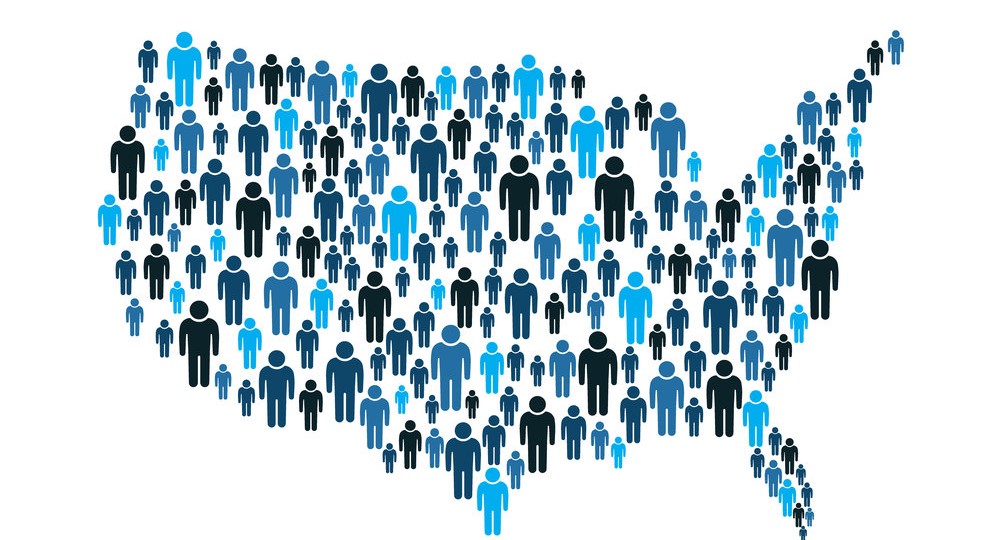Blog Post
Insight: What’s going on with the 2020 Census?
By: Mallory Bateman
The 2020 Census is just over seven months away for most of the US, with Census Day being April 1. Enumerations start even earlier in Alaska, with efforts starting in January to maximize accessibility to areas that can’t be reached in other times of the year. The Demographics Team at the Kem C. Gardner Policy Institute has a vested interest in the Census, due to our ongoing partnerships with the Census Bureau, our 2020 Census Technical Advisory Committee, and our suite of products being reliant on a good baseline being established through the data. However, the Census has had a few developments with a big story in the past few months, and a quieter action currently taking place.
In July, after a decision from the Supreme Court with some additional back and forth with the Department of Commerce and the President, it was decided that the citizenship question will not be on the 2020 Census. Although the path to get to that point sometimes felt like a saga worthy of a Tolkien or Rowling tome, it is nice to finally reach a conclusion. The questionnaire will feature seven questions for each member of the household, with a few additional questions for the head of household.
This month, the quiet activity is that of address canvassing. The decennial census is a count of the population, but also households. The vast majority of homes in the United States will be invited to participate via a postcard sent to a mailing address. The reliance on mailing addresses means having as complete an address list as possible is of the utmost importance. Several address programs have already been conducted, including the Local Update of Census Addresses (LUCA) and another address list submission through the Federal-State Cooperative for Population Estimates. Both of these programs asked for local expertise of city, county, and state governments, to provide address lists.
The current Address Canvassing Operation, from August 4 to October 18, is being run by the Census Bureau. This effort includes people on the ground, walking neighborhoods to ensure that the address list is as complete as possible. You can learn more about the program in general, with notes on how to identify address canvassers, through the video below. You can find out if address canvassing is happening in your region by visiting this map provided by the Census Bureau.
There will be even more activity coming this fall, so stay tuned. If you have questions about local 2020 Census efforts, be sure to reach out to your local Complete Count Committee or the Utah State Data Center.
Learn more about 2020 Census Address Canvassing.
Mallory Bateman is a Senior Research Analyst and State Data Center Coordinator at the Kem C. Gardner Policy Institute.
Note: The opinions expressed are those of the author alone and do not reflect an institutional position of the Gardner Institute. We hope the opinions shared contribute to the marketplace of ideas and help people as they formulate their own INFORMED DECISIONS™.






